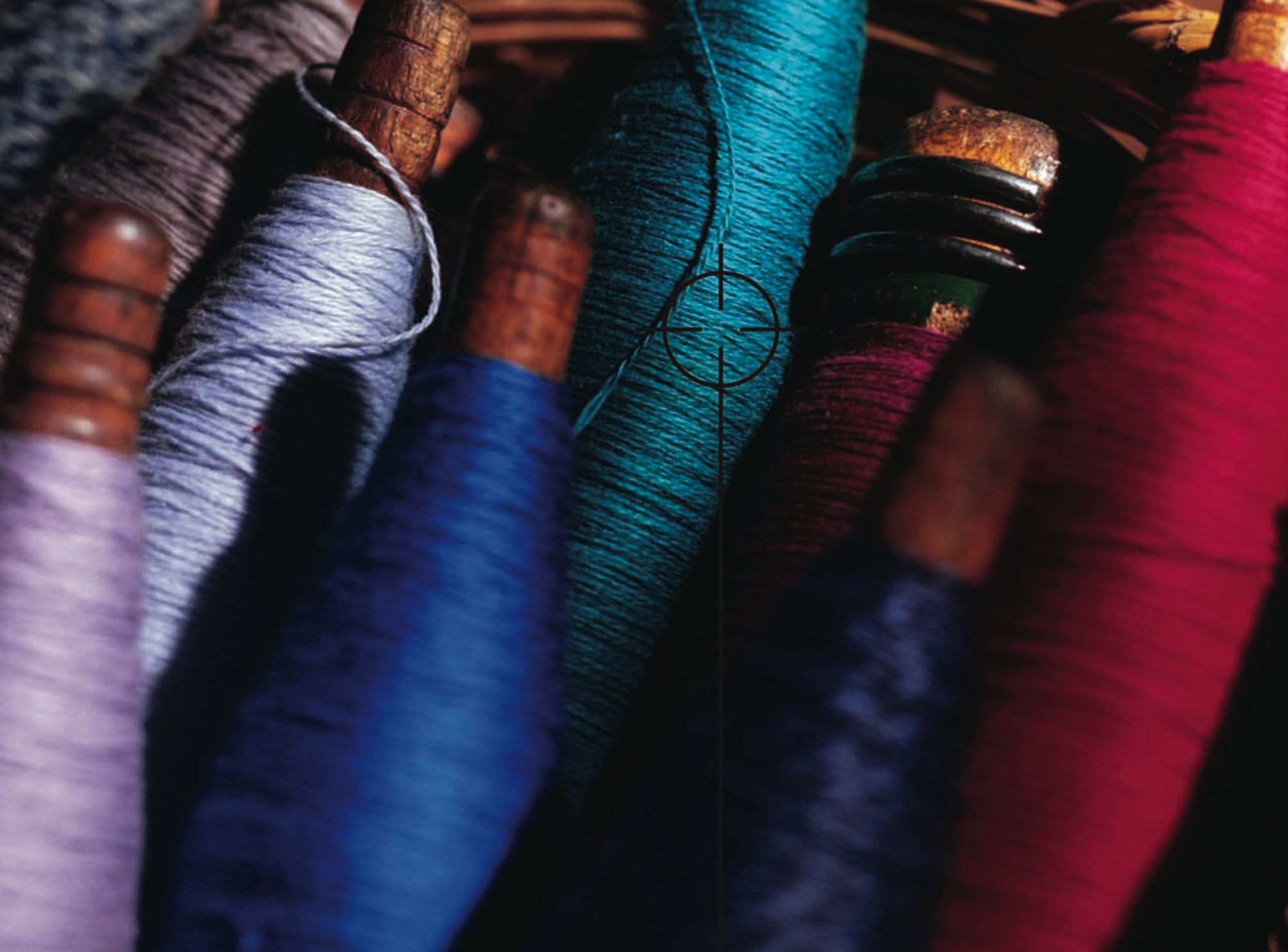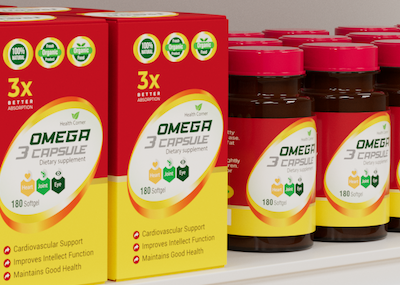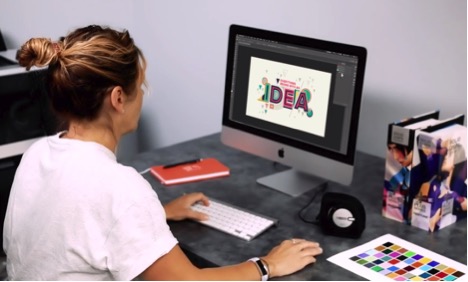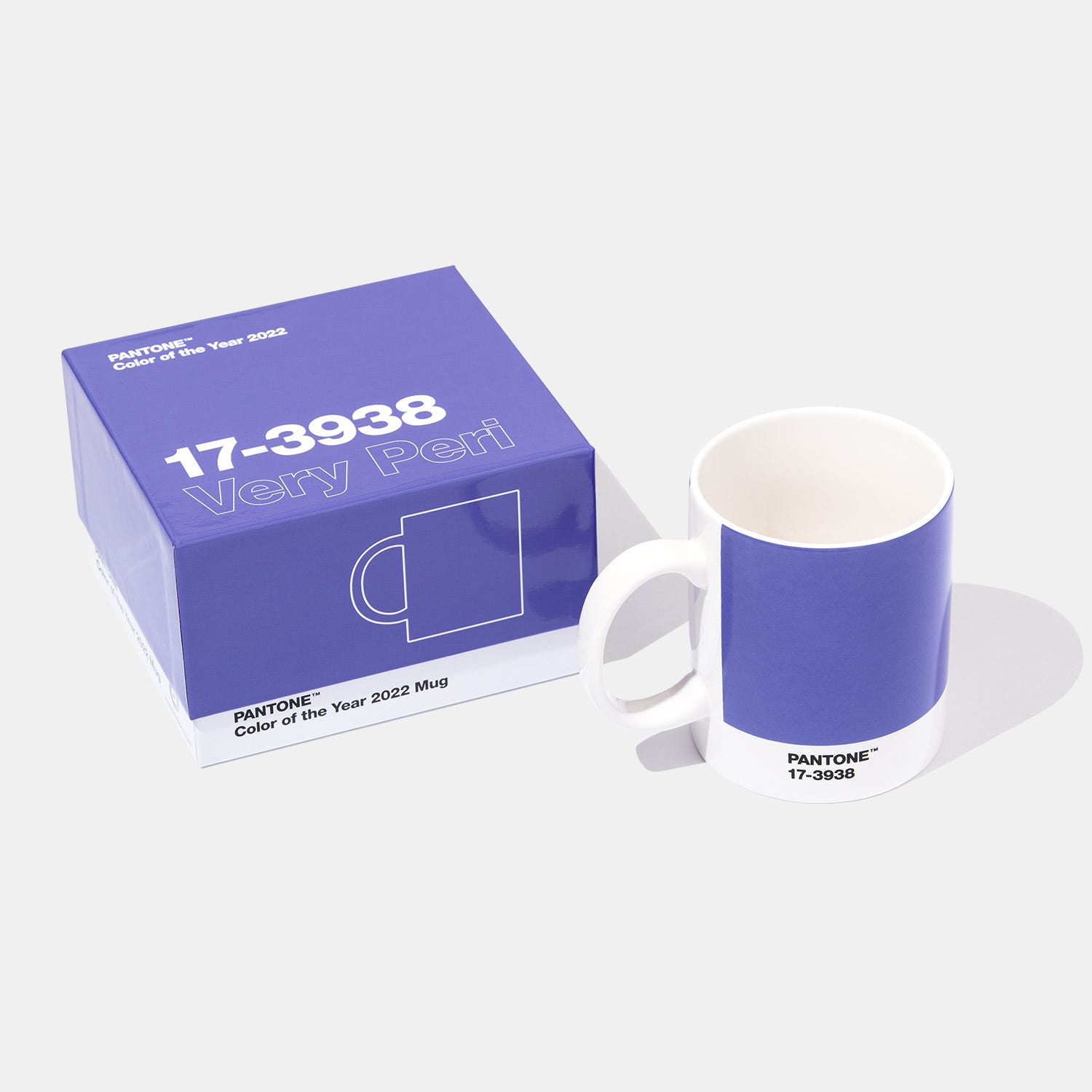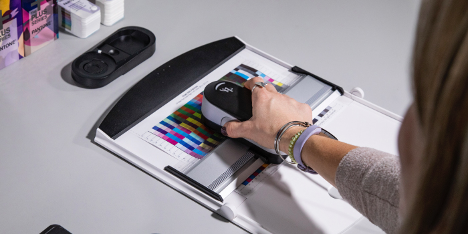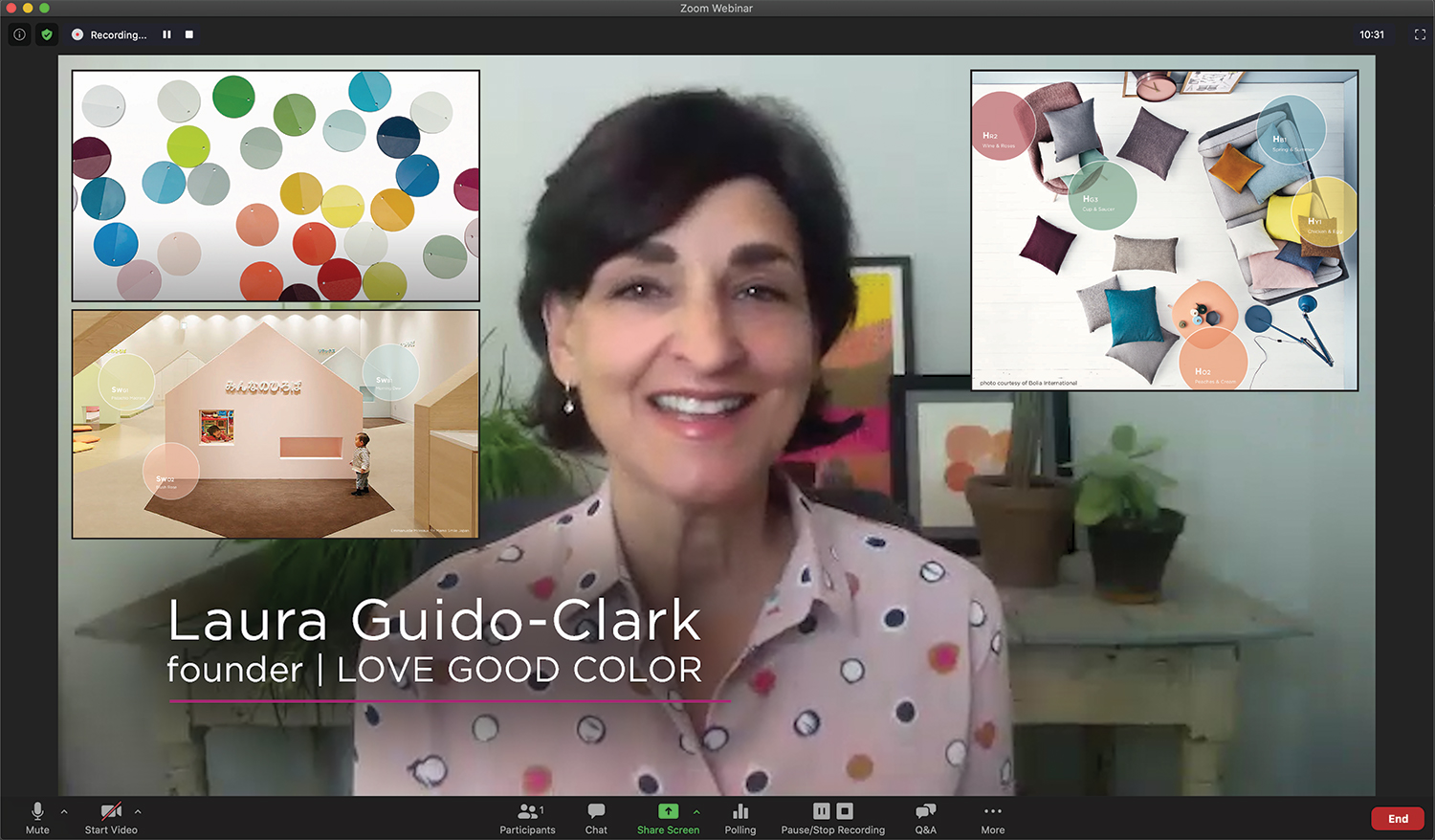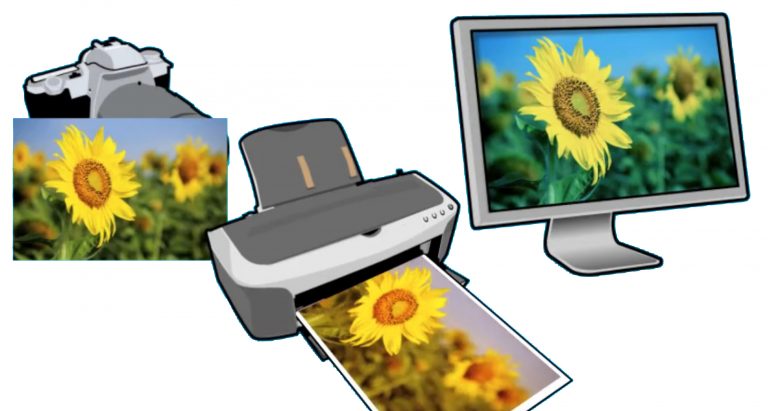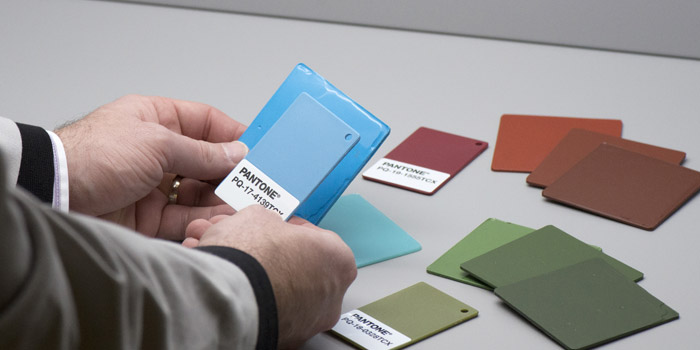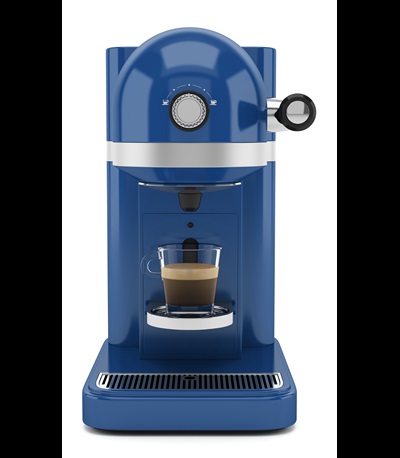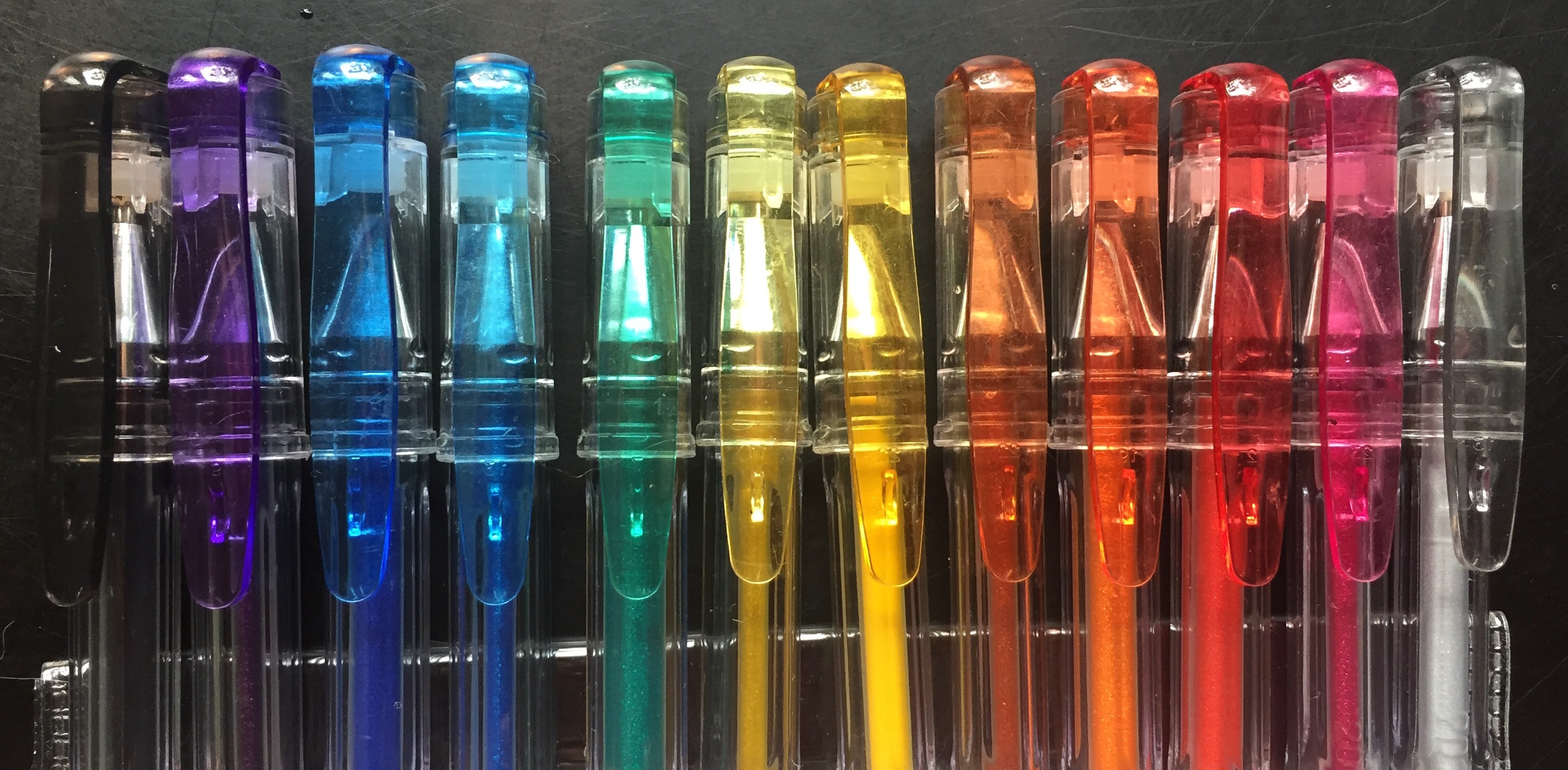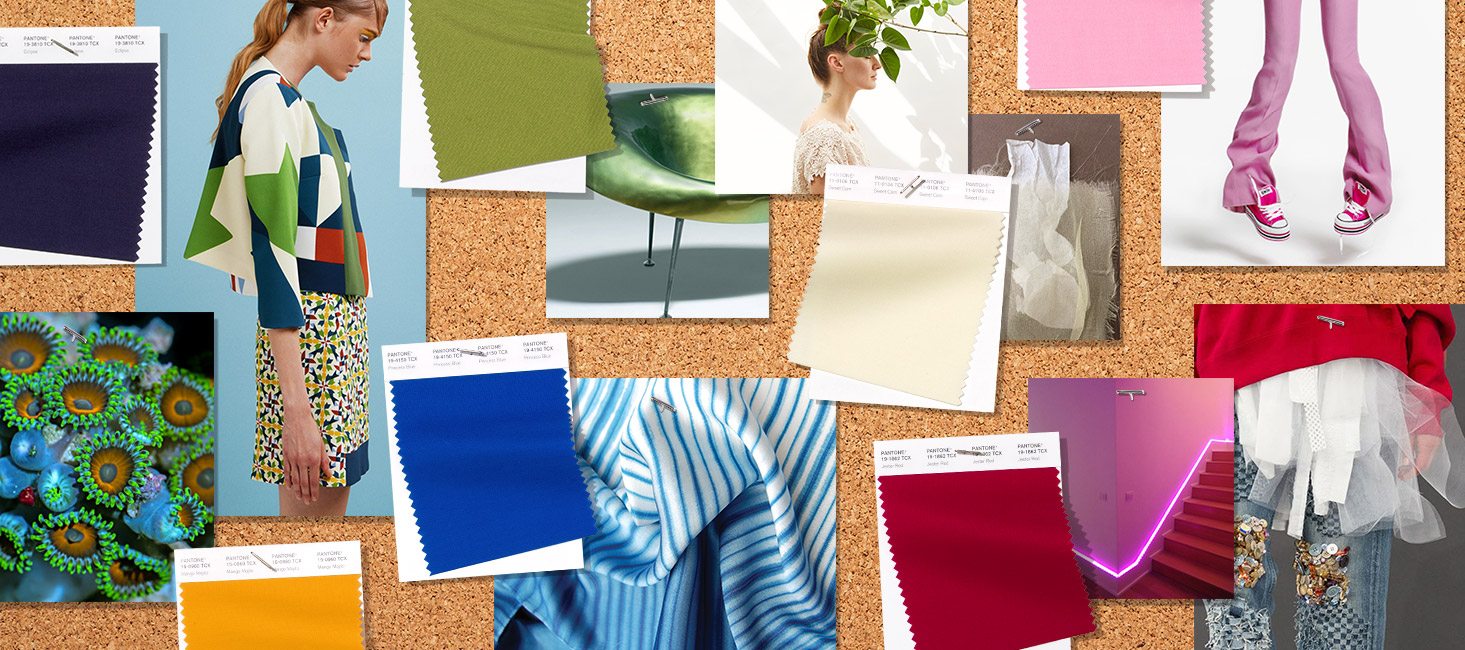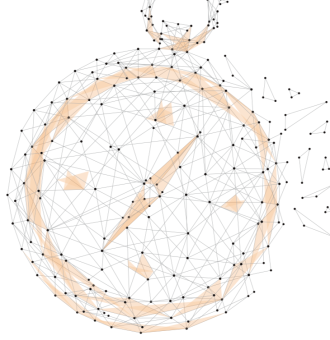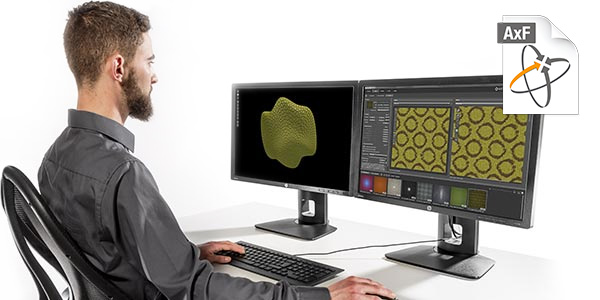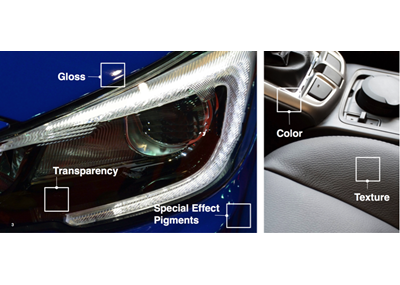The environmental footprint of fashion is out of control. According to the National Resources Defense Council (NRDC), “Textile mills generate one-fifth of the world's industrial water pollution and use 20,000 chemicals, many of them carcinogenic, to make clothes.” Fabric being dyed in factory. Image from NRDC.org. A Problem That Impacts Everyone Did you know it takes about 200 tons of water (enough to fill several swimming pools) to produce one ton of cott...
All it takes is 2 to 7 seconds. That's right, a tiny snapshot in time is what a consumer invests in making many purchase decisions about a product. This is the much talked about and researched “First Moment of Truth”. X-Rite color management solutions for print and packaging deliver excellence in quality control, formulation and automation. Color is a significant factor in First Moment of Truth, when you considered the reach it has to engage us and communi...
It’s important to ensure design intent is realized each time and everywhere a product appears. But with so many variables to impact print quality, how can brands utilize suppliers around the world and still achieve consistent color? Our X-Rite Pantone Packaging Color Experts have designed a series of consulting services and workshops to help you get the most from your print, packaging, plastic or textile value chain. Offered both online and onsite, these interactive sessions i...
Last week Pantone announced the Pantone Color of the Year 2020 - Very Peri (PANTONE 17-3938). The Pantone Color of the Year announcement isn’t just important for designers. Since this color will set the stage for upcoming trends, brand owners should also take notice to capitalize on this trending color. Bring Very Peri to Market, Fast. Is Virtual Design the Answer? The fashion and apparel industry began embracing virtual design years ago. Luxury brands like Louis Vuitton, Burberry, ...
ICC color management means having a workflow that is predictable, consistent, and repeatable from capture through proofing to final output. To achieve a color managed workflow, you need to calibrate your devices and create an ICC profile for every component, including the camera, monitor, projector, scanner, and printer. Why Calibrate and Profile? For the best color results, you need to calibrate each device that is contributing to your workflow to ensure it is accurately reproducing colo...
Recently we had the opportunity to sit down with Laura Guido-Clark, a consumer products designer of color, material, and texture. She has been dubbed an “Experience Consultant,” which reflects her interest and study of human reactions to the look and feel of new products. Photo by Laura Flippen. We asked Guido-Clark to speak with us because we also appreciate the importance of color in our lives. Q. What inspired you to pursue a career in color? A. When I wa...
Our customers who are now working remotely need to be aware that changing a small variable – such as approving color from home under a different light source, or emailing specifications instead of sending a physical sample – can introduce color issues that risk creating a larger color problem. The first and most critical stage to color control is accurate color communication. These resources will help you get started. The Importance of Color Communication Blog | Many color...
Spectrophotometers (“spectros” for short) are color measurement devices used to capture and evaluate color. As part of a color control program, brand owners and designers use them to specify and communicate color, and manufacturers use them to monitor color accuracy throughout production. Spectrophotometers can measure just about anything, including liquids, plastics, paper, metal and fabrics, and help ensure that color remains consistent from conception to delivery. &nb...
Phone and computer screens are the window into the digital world of color, but if you are approving colors via email or text you need to be aware of the limitations. For starters, each of your devices relies on a different color model to display color. Input devices – your camera and monitor – use the additive color model to display color. They start with darkness and add red, green, and blue light to create a spectrum of colors. Printers, on the other hand, use the s...
Does your quality control program include visual evaluation? Lighting plays a huge role in how we perceive color. It can help you verify whether the color of your product is acceptable and ensure it remains accurate in every possible lighting condition after purchase. Many of our customers are finding visual evaluation to be even more important as they transition color reviews and approvals to a different location, such as in the home office or to another remote environmen...
So much goes into the way you perceive color, including light, genetics, the environment, human traits, and even fatigue. You may also be among the 1 in 255 women and 1 in 12 men who have some form of color vision deficiency. Our online color challenge is a fun way to better understand your color vision acuity. Regardless of your color vision acuity, if you are communicating, evaluating, or approving color from a new location your eyes may trick you into making diff...
Color has always been a critical factor for our customers. Due to the COVID-19 pandemic, many are now trying to design, specify, communicate and ultimately achieve accurate color from remote locations or with less staff and fewer resources. Are you having trouble maintaining your color program in this unprecedented time? We've compiled our most popular resources – blogs, videos, whitepapers, webinars, and case studies – to help you connect with your supply chain and ...
Appearance is more than just color. It’s an all-inclusive look at everything inherent to an object, including texture, gloss, transparency, translucency, and special effects like sparkle and shimmer. When viewed from different angles or under different lighting conditions, appearance effects can change our perception of color. That's why it’s important to control both color and appearance throughout design and development. Durable goods brands use appearance effects to captur...
Virtual reality has re-imagined the art of apparel and footwear design. 3D design programs like MODO, KeyShot, CLO, Browzwear, Optitex, and Lectra augment the creativity of color and material designers to virtually construct patterns and render realistic 3D garments. This is exciting technology for brands that want to reduce waste for a greener footprint and accelerate design to keep up with fast fashion. However, designers are notoriously tactile. They need to touch, feel, and gain a...
Although plastics professionals have been managing color issues in the production workflow for many years, the dynamics are once again changing. From consumer electronics to automotive parts and flexible packaging, a growing number of brands are incorporating special effect finishes into their products. While metallics, pearlescents, and other complex finishes are beautiful and help brands stand out on the shelf, they also introduce new color management challenges into the manufacturing pro...
As we move through spring and into summer, we’re revisiting Pantone Color Institute’s Spring/Summer 2019 Fashion Color Trend Report. This season’s report features the top 12 stand out colors as well as current takes on four classic neutrals. Images extracted with permission from PANTONEVIEW Colour Planner Spring/Summer 2019. According to Leatrice Eiseman, Executive Director of the Pantone Color Institute, “This new mindset underscores a...
A senior design leader at a large beverage company recently shared his thoughts on the definition of Design Thinking on LinkedIn, asking other members of the community to contribute their own thoughts alongside his. Hundreds of comments ensued. The post appears to be part of a multi-week campaign to position Design Thinking as a way to approach business problems and garner attention from business executives. And we know that this attention has been hard to capture. A survey of over 600 designers...
Recently we blogged about how appearance affects color. In this article we look at some of the characteristics that impact an object’s appearance, such as texture, gloss, transparency, and special effects, and explain why it’s crucial to describe appearance in the early stages of the design workflow. While 3D programs have attempted to address appearance aspects for years, there has been a missing link in virtual product design: the ability to integrate characteristically &ldqu...
You think you’re doing everything right, but your color isn’t consistent. Why? Through the years, designers have used many tools to help them specify color. Color swatches, style guides and product prototypes have been effective, but with the advent of the digital world, these physical tools are no longer enough. To be efficient, designers need to be SPECIFIC. X-Rite Pantone President Ron Voigt recently published an article in MediaPost that explains why. To be effective, designers n...
Appearance is more than simply color. It’s a comprehensive look at everything inherent to each unique material we come in contact with, including texture, gloss, transparency, and special effects. Each of these characteristics plays a part and has an effect on overall appearance and understanding in relation to a single material. Objects may have several elements that affect appearance, such as the material’s surface texture, construction, overall geometry and micro-surface. The environ...


